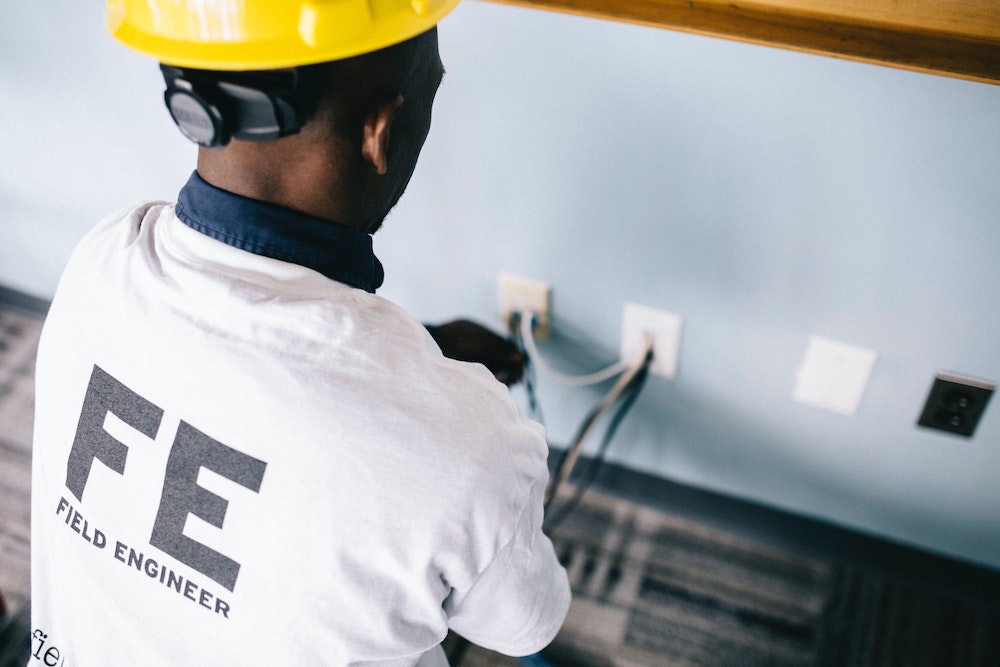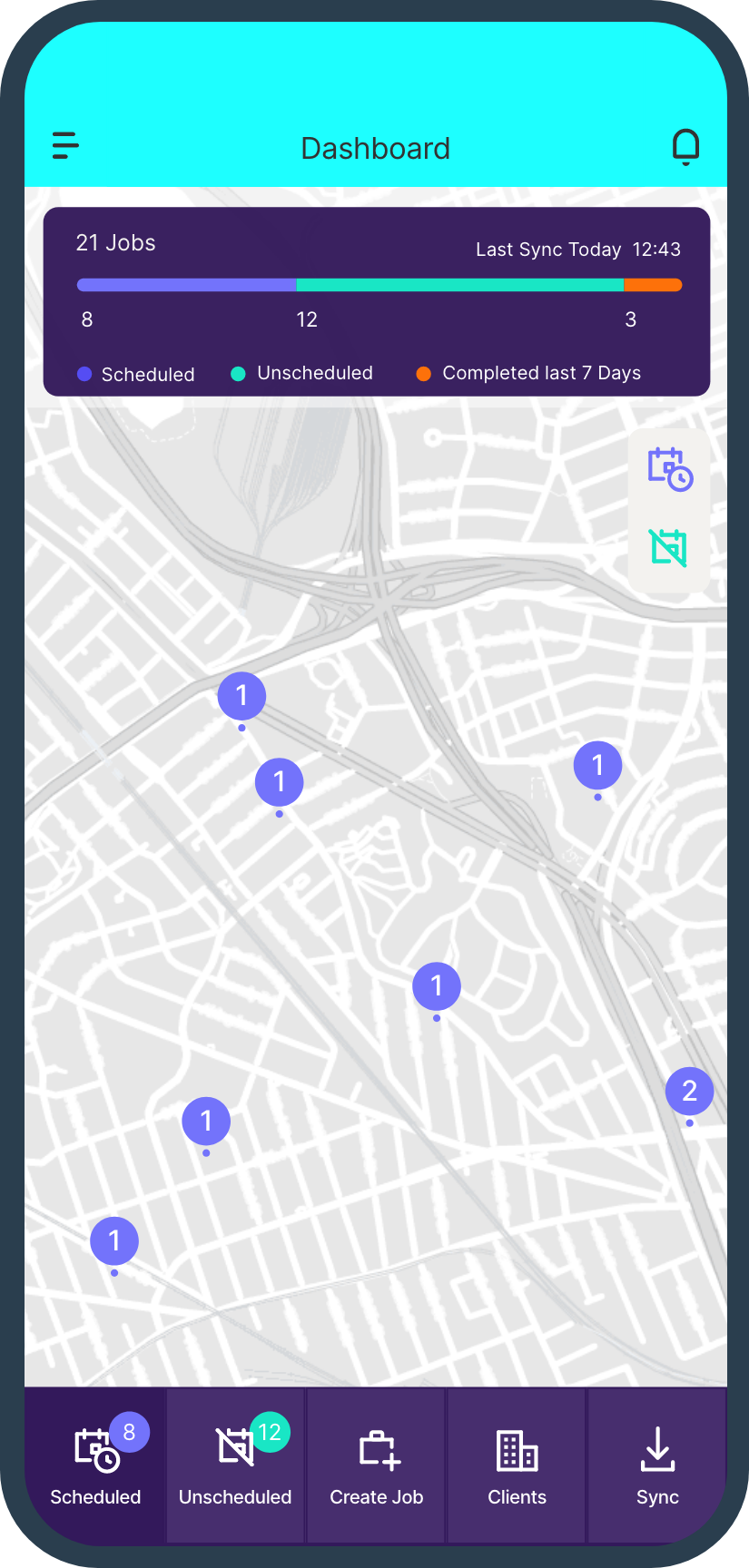Maintenance tasks are the backbone of keeping your operations running smoothly. From ensuring the functionality of vital equipment to fixing issues as they arise, maintenance is critical to any business. However, as the old saying goes, “An ounce of prevention is worth a pound of cure.” This is where Planned Preventative Maintenance (PPM) comes into play.
PPM is a proactive approach that focuses on identifying and addressing potential issues before they turn into problems. But here’s the challenge: How do you build a PPM schedule that doesn’t interfere with your other maintenance tasks? In this article, we’ll explore strategies and best practices to strike that balance.

1. Define Clear Objectives
Before diving into creating a PPM schedule, it’s crucial to have clear objectives in mind. What are you trying to achieve with preventative maintenance? Lower maintenance costs, extend equipment lifespans, and improve operational efficiency are common goals. Defining these objectives will guide your PPM strategy and help you prioritize tasks effectively.
2. Identify Critical Assets
Not all assets require the same level of attention. Identify critical assets that are vital to your operations. Focus your PPM efforts on these assets to maximize the impact on your overall maintenance strategy. Non-critical assets can still benefit from periodic checks but shouldn’t be the primary focus.
3. Consider Asset Types and Usage
Different assets may require different PPM approaches. Consider the type of assets you’re managing:
- Time-Based PPM: For assets that age with time or require periodic maintenance (e.g., HVAC systems), a time-based approach can be effective.
- Usage-Based PPM: Assets with high usage, like vehicles or production machinery, may benefit from maintenance based on usage metrics, such as miles driven or production cycles.
- Condition-Based PPM: This approach focuses on monitoring indicators of potential failure, such as unusual vibrations or noises. It’s especially useful for assets that don’t fit neatly into a time-based or usage-based schedule.
4. Create a Comprehensive PPM Schedule
Once you’ve determined the type of PPM approach for your assets, create a comprehensive schedule. Include details such as the frequency of checks, the specific tasks to be performed, and any special requirements. This schedule will serve as your roadmap for planned preventative maintenance.
5. Invest in CMMS Software
To effectively manage your PPM schedule and ensure it doesn’t disrupt other maintenance tasks, consider investing in a Computerized Maintenance Management System (CMMS). CMMS software provides a centralized platform for scheduling, tracking, and managing all maintenance activities.
- Streamlined Scheduling: With CMMS, you can easily schedule PPM tasks and react to unplanned maintenance needs. The software can send alerts and reminders to maintenance teams, ensuring tasks are completed on time.
- Real-Time Updates: CMMS is cloud-based, allowing for real-time updates and changes. This ensures that your PPM schedule and other maintenance tasks can be adjusted as needed without missing a beat.
- Data and Reporting: CMMS software provides valuable data and reporting, helping you track the effectiveness of your PPM strategy and make data-driven decisions.
6. Delegate Responsibilities
To avoid overwhelming your maintenance team with PPM tasks, delegate responsibilities effectively. Ensure that team members are aware of their roles and responsibilities within the PPM schedule. This delegation will help distribute the workload and prevent interference with other maintenance tasks.
7. Monitor and Adjust
A PPM schedule isn’t set in stone. Regularly monitor its effectiveness and be prepared to make adjustments as needed. If you notice that certain assets are consistently causing issues despite PPM efforts, consider reassessing your strategy and focusing on condition-based maintenance for those assets.
In conclusion, a well-implemented Planned Preventative Maintenance (PPM) schedule stands as an indispensable cornerstone of efficient asset and facility management. Its far-reaching benefits reverberate through organizations, underscoring the wisdom of adopting a proactive approach to maintenance.
Foremost among these benefits is the significant reduction in maintenance costs. By preemptively addressing potential issues, PPM schedules minimize the need for expensive emergency repairs and reduce unplanned downtime. This translates to tangible cost savings, not only in terms of repair expenses but also by curbing the ripple effects of downtime on productivity and revenue.
Another compelling advantage is the extension of asset lifespans. PPM schedules promote the longevity of equipment by tackling wear and tear before it becomes detrimental. Routine inspections, coupled with proactive maintenance, ensure assets remain in optimal working condition, diminishing the need for frequent replacements. This has a dual impact: reduced operational disruptions and substantial cost savings in terms of capital expenditures.
Operational efficiency receives a remarkable boost through PPM schedules. A smoothly running facility or equipment fleet is paramount for business success. Downtime and equipment failures disrupt workflows, affect productivity, and may lead to customer dissatisfaction. PPM schedules act as a shield against these disruptions, fostering operational continuity, increased efficiency, and enhanced customer satisfaction.
Furthermore, PPM schedules promote safety and compliance. In industries governed by stringent regulations, adhering to statutory and regulatory standards is non-negotiable. Regular inspections and preventive maintenance routines ensure assets and facilities remain in compliance, reducing the risk of accidents and legal entanglements.
The dependability and reliability of assets are fundamental for any organization. A well-structured PPM schedule identifies and rectifies potential failures before they can undermine the reliability of assets. This not only ensures dependable service or product delivery but also builds trust and fosters strong customer relationships.
Budget predictability is a crucial financial aspect that PPM schedules facilitate. Planning maintenance activities in advance permits accurate cost estimation and resource allocation. As a result, organizations can circumvent unexpected budget spikes, which are often associated with reactive maintenance approaches, and ensure smoother financial planning.
In summary, the advantages of a PPM schedule are not limited to cost savings, extended asset lifespans, improved operational efficiency, safety, and regulatory compliance. PPM schedules foster the reliability of assets and offer a stabilizing effect on budgeting processes. Embracing a proactive maintenance approach is a strategic investment that reaps dividends beyond the balance sheet. It propels organizations towards heightened productivity, improved operational excellence, and a stronger competitive edge in a rapidly evolving business landscape.

